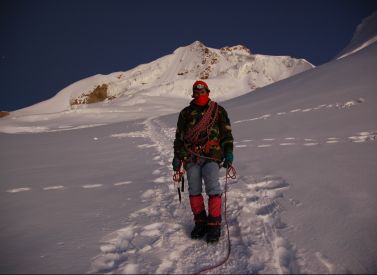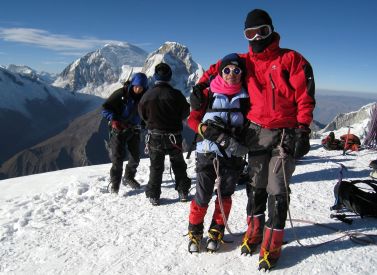
Cotopaxi Climbing Tour, 3 volcanoes in 6 days.
Climb to the top of Cotopaxi (5,897m)
Cotopaxi volcano climbing tours are open to those with no previous mountaineering experience, thanks to team of professional, qualified guides.
This guided trek and ice-climb is the perfect introduction to the glories of high altitude mountaineering. You must be acclimatised before embarking on this 6 days trip – that means at least 4 or 5 days at high altitudes (ie in Peru or Bolivia).
You’ll enjoy some of the most beautiful mountain scenery in the Andes throughout the trip.
You learn the ropes at our high altitude glacier school.
More on Cotopaxi climbing tours
You climb three of Ecuador’s impressive volcanoes: Pichincha (4,784m/15,696ft), Iliniza North (5,126m/16,818ft), and Cotopaxi (5,897m/19,347ft).
The breathtaking views and sense of achievement make all the effort well worthwhile.
Please make sure you are already well acclimatized (5 nights or more in Peru, Bolivia or on Ecuadorean peaks ) before attempting this Cotopaxi climb.
Climbing equipment, i.e. plastic boots, crampons and ice-axe can be hired in Quito. Our mountain guides will give you full instruction in its use.
Trip Highlights
Print Share Download as PDF-
Take on the life-affirming challenge of climbing Cotopaxi with this guided tour.
-
Scale three of Ecuador's finest volcanoes.
-
Learn new skills with our professional, bilingual, qualified guides.
-
Take in some of the most wonderful Andean views from volcano summits.
I had such a wonderful time in Ecuador, definitely an experience I will never forget. I'm really glad I included Pasachoa at the start to help with acclimatisation.
It was so beautiful as well. All the info, help and assistance I received prior to booking and the actual booking of the trip was so easy it was awesome (thanks Kat).
S. McGregor, Ecuador climbing tour
Full Itinerary
Day 1: Climb Pichincha, 4,794m, Quito (L)
We leave from Quito after breakfast, and travel to the cable car in Quito, where we begin our ascent of the peak the easy way.
However, the walk starts soon enough and takes us to the summit of active volcano Rucu Pichincha at 4,794m/15,724ft.
Quito is nestled on the slopes of this active volcano. Our primary goal is to see how each team member responds to the altitude and to start the process of acclimatisation.
The views are outstanding, so this is a great introduction to Ecuador’s volcanoes.
Afternoon return to your Quito hotel (hotel not included).
Day 2: Refugio Ilinizas (4,700m), refuge (B,L,D)
After breakfast we head south from Quito to Machachi, the base town for the Ilinizas Ecological Reserve.
Enjoy the magnificent landscape en route on the Pan American Highway from the eastern range of the Andes to the western range along the Avenue of the Volcanoes where Cotopaxi and the Iliniza twin volcanoes are located. There are over thirty of these picturesque peaks and the glint of the permanent glaciers on some of the higher ones provide a stark contrast to the arid rocky terrain and cultivated fields.
After one and a half hours we will arrive at a remote paramo in an area called La Virgén. From here it is a 3 hour hike up to the refuge with our full backpacks. The refuge is situated at 4,700m/15,420ft. Dinner and sleep in the refuge.
Day 3: Climb Ilinizas North, 5,100m, Hacienda La Estacion (B,L)
We set off early, at around 05.00.
It is a steady traverse up the scree slope to the rocky ridge that leads along a slightly tricky rocky escarpment.
The route to the Iliniza Norte summit (5,120m/16,798ft) involves a non-technical scramble that should not be attempted in inclement weather.
It is a fairly short ascent and a good test to see how you are developing with the altitude in preparation for Cotopaxi.
Descend back to the parking lot and transfer to Hacienda La Estacion for a very good rest.
Day 4: Glacier School, Hosteria Tambopaxi (B,L)
We have breakfast at Tambopaxi, then we set off to continue our acclimatization on the slopes of Mt. Cotopaxi.
The Cotopaxi car park is situated at 4,550m/14,924ft. From here we have a forty-five minute hike with full packs to the Jose Rivas Refuge at 4,800m/15,744ft.
After arrival at the hut, we will enjoy hot tea and a short rest before climbing school training. We head onto the glacier around 11.00 and aim to familiarise ourselves with the various climbing techniques and equipment.
Your guide will ensure you learn the necessary glacier skills and all techniques for climbing Cotopaxi.
You’ll learn and practice:
- Rope handling
- Glacier travel
- Snow climbing
- Basic crevasse rescue skills
- Mountain safety techniques.
After several hours training we will return to the refuge around 17.00 and descend to the Tambopaxi Hostel.
Day 5: Rest day, refuge (B,L,D)
Free morning or option of a small hike in the national park, then we return to the refuge again.
We prepare our mountain gear for a midnight departure for Cotopaxi summit day. Early dinner and early to bed, usually by 18.30.
Overnight at refuge.
Day 6: Climb Cotopaxi, 5,897m, return to Quito, ends (B,L)
Wake up at midnight. Breakfast and equipment check.
We set off up the scree slope for approx 30 minutes until the massive glacier wall looms up out of the darkness. At this point you should be able to see the lights of Quito shining surprisingly close (weather permitting).
Climb up on to the glacier itself and wind your way through the crevasse field. Snow bridges have formed across them and the path is quite obvious. You gain height quickly as the ground steepens once through the worst of the crevasses.
Onwards and upwards to a massive ice wall roughly parallel with the prominent rock band (approx. 5,600m/18,373ft) one can see from the hut. Traverse round and ascend up onto the summit dome finally gaining the top as the sun rises.
High above the clouds a whole circle of volcanoes should be clearly seen including both Illinizas, Antisana, Altar and possibly even Cayambe. The darkness of the ground below contrasts sharply with the brilliant white snow shimmering in the sun (we hope!). The climb should take 6-7hrs.
The descent should take only a few hours. You collect your overnight gear from the hut (there are lockers but padlocks are required) and after a short rest hike back down to the car park and return to Quito for a much needed rest at your hotel (hotel not included).
Note: If the itinerary has to change for any reason additional expenses will be the responsibility of the client.
Prices From $1,999 / £1,625 per person
What's Included?
Hostels and basic mountain refuges, experienced professional and qualified mountain guides, some technical climbing equipment (harness, ropes, helmet, crampons, ice axe, mountain boots), meals as listed (B = breakfast, L = lunch, D = dinner).
What's Not Included?
Quito hotels, dinners at Tambopaxi, flights (we can look for these), insurance, personal additional climbing gear, tips
Accommodation
The hosterias are more like hostel-type accommodation, with shared bathrooms and shared rooms. Some twin rooms may be available.
Refugios are communal climbing refuges on mountains. We may need to camp if refuges are full.
Tour Staff
We have worked for many years with our fully qualified mountain guides.
They live for climbing in the area and know the mountains extremely well. They speak English and will show you all the techniques you need in order to make a safe and successful summit attempt.
We use the same local drivers and support staff we have used for many years – the cooks, porters etc all have many years experience in the mountains.
Meals
When at refuges, your breakfasts will be a mix of hot drinks, cereals, fruits and toast with jams.
Lunch, while out walking, will be either sandwiches or meat and cheese with crackers, with fruits etc available on trips from basecamps.
Meals at refuges are large and feature bread, vegetables, meats and hot drinks, rice and pasta dishes. Almost all dietary requirements can be catered for – please ask.
Summit attempts usually start in the dark, between 00.00 and 02.00, aiming to return from the summit by late morning.
Activity Level
The trip is open to anyone with a positive attitude who wants to walk in a stunning and remote part of Ecuador’s Andes, and to really challenge themselves.
This is a strenuous trip and there is a big demand on the body. Those with no previous trekking experience can try the trip, although experience of hiking and camping is beneficial.
You need to have a very good level of fitness for the trip.
You must be very well acclimatised – with 5-6 days at altitude immediately before the hike, with walking at higher levels. We can help with acclimatisation programmes.
Practical Information
Ecuador's volcanoes and acclimatisation peaks
Acclimatisation Peaks
These peaks are non-technical and are suitable for acclimatizing on prior to tackling one of Ecuador’s big volcanoes. We recommend several days in Quito and at least two peaks before doing our mountaineering course or attempting peaks over 5,000m/16,404ft.
Guagua Pichincha: 4,794m/15,728ft. An active volcano on the outskirts of Quito that last erupted in October 1999. This is a readily accessible and scenic acclimatisation climb that offers fabulous views from the crater’s rim.
Ruminahui: 4,634m/15,203ft. Named after Atahualpa’s general who led the fight against the Spanish conquistadors after Atahualpa was murdered. Legend has it that Ruminahui hid a large cache of the Inca ruler’s gold in an undisclosed, and still unknown, location. This climb is a good acclimatisation warm up climb in Cotopaxi National Park and offers magnificent views of Cotopaxi.
Imbabura: 4,630m/15,190ft. The peak overlooking Otavalo. It is a long walk up, with a short scramble near the summit. The summit ridge offers great views of Imbabura’s impressive open crater and Lago San Pablo.
Illinizas Norte: 5,126m/16,818ft. An excellent acclimatisation peak with a bit of a scramble to reach the summit and magnificent views. Although it looks like a large pile of rock rubble, the rock is pretty good by Ecuadorian standards.
Pasachoa: 4,199m/13,776ft. An ancient, severely eroded volcano inactive since the last ice age. It is 30km south of Quito. There is a short scramble from the top of the grassy ridge to the summit.
Carihuayrazo: 5,100m/16,732ft. An ideal acclimatisation peak in conjunction with the Abraspungo trek. It is also a good place to practice basic glacier skills, use of crampons and ice-axe self arrest. Loose rock and scree to cross above the glacier and then a scramble to reach the summit.
Cubilche: 3,800m/12,467ft. Some 14km from Otavalo, a dormant volcano with five small craters on the top, an ideal acclimatisation peak.
Ecuador’s big volcanoes
Cotopaxi: 5,897m/19.347ft. This is Ecuador’s second-highest peak and one of the highest active volcanoes in the world. It is a nearly perfect snow-capped volcanic cone, situated 55 kilometres south of Quito in Cotopaxi National Park. We drive to just below the refuge (4,800m/15,748ft) and from there it is a 6-8 hour climb to the summit, mostly on steep snow and ice slopes. First climbed in November 1872 by Angel Maria Escobar (Colombia) and Wilhelm Reiss (Germany). Currently active.
Cayambe: 5,790m/18,996ft. Thisis the highest and coldest point on the equator. It is the only place on earth where the latitude is zero degrees and so is the temperature. Long thought extinct, Cayambe is now deemed to be active and is closely monitored.
Chimborazo: 6,310m/20,702ft. This is Ecuador’s highest peak, and is one of the most impressive in all the Andes. Measured from the centre of the earth it is the highest mountain in the world. Chimborazo is the southern-most peak in the Cordillera Occidental chain of mountains. It was first climbed in 1880 by Jean Antoine and Louis Carrel (Italy) and Edward Whymper (UK). Best time for climbing is during late January and early February.
Antisana: 5,758m/18,891ft. This is big, high and covered in crevasses. This peak is also wild and remote, offering some of the most interesting climbing in Ecuador. Climbing Antisana is serious business and is as technically difficult as Cayambe. This peak has seen relatively few ascents.
Illinizas Sur: 5,263m/17,267ft. This peak is a technical climb – a steep route requiring use of crampons and ice axe as well as knowledge of self-arrest and glacier travel and crevasse rescue skills. The route is suffering from glacial retreat.
Introduction to Ecuador
Ecuador is the second smallest South American country, and one of the most varied.
It comprises three main geographical areas: the coast, highlands and Amazon plus is home to the Galapagos Islands.
Because of its relatively compact size, it makes a great holiday destination as you can move from highlight to highlight fairly easily and rapidly.
Weather in Ecuador
Ecuador lies between latitudes 4º south and 2º north. Overall, climate varies according to time of year, altitude and region.
The Sierra
In the Ecuadorian highlands, there is little temperature variation by season as temperature depends largely on altitude.
In Quito, shade temperatures range from 6 to 10ºC in the morning and from 19 to 23ºC in the afternoon, with cool nights. In the lower basins between mountains, it gets significantly warmer.
Rainfall depends on whether an area lies closer to the eastern or western Andes. To the west, June-Sept is the dry period and Oct-May the wet (with often a short, dry spell in Dec or Jan).
The best period to visit Quito and trek and climb volcanoes such as Cotopaxi is the west Andean dry season of June-Sept and Dec/Jan. This is also Ecuador’s high season. During the Oct-May wet season, most rainfall is in the afternoons.
To the east, Oct to Feb are dry and Mar-Sept are wet. Overall, the southern highlands are drier than the northern highlands.
The Coast
On the Pacific coast, rainfall becomes less from north to south. The coast can be enjoyed year-round, although from June-Sept mornings are often grey with the garua mists.
Jan-May is the hottest and rainiest time of year.
The Amazon
In Ecuador’s Amazonian region, rain can fall at any time, but Dec-March is usually the driest season and Mar-Sept is usually the wettest period.
The Galapagos Islands
Galapagos can be visited at any time of year.
The warm season is Jan-Jun, bringing calm, warm waters (around 70°F) and sunny days (72-9°F or 22-32°C), February and March being the hottest and sunniest months with blue skies and sunshine.
The islands receive slightly more rainfall during these months, occasional heavy bursts in the afternoon. Great for snorkelling and you can spend a lot of time in the water without wetsuits, with great, clear waters.
The dry ‘garua’ season is Jun-Dec an it’s a great time for marine life. August and September are the coolest when you may need a jacket in the evenings and the sea can be choppy and temperature drops around 15-24ºC on average.
There can be mist on the islands in the mornings (garua) which usually burns off by midday leaving overcast skies or a sunny afternoon.
Sea temperatures may drop to 60°F- 72°F (15-22°C) during this time and snorkellers will want a wet suit for prolonged periods in the sea.
Kit list
Good kit is vital for every trip.
Book with Andean Trails and get 15% off Páramo’s fantastic ethical and high performance outdoor gear.
When planning for the extreme climatic conditions encountered on high peaks in the Andes, layering is the most practical and versatile clothing system. It’s worth remembering that our clothing keeps us warm by retaining and isolating the heat we ourselves create.
To best maintain body heat, several layers of lightweight, warm and quick-drying clothing are far more efficient than one or two thick layers.
Layers should have the following qualities:
- Breathability (able to wick away the humidity produced by sweat);
- Isolation (able to keep in the warm air our body produces); and
- Impermeability (able to impede the passing of wind and water).
First (base) layer: This layer wicks the sweat away from our skin, thus helping keep the body dry and warm. To this end, synthetic fabrics such as polypropylene should be used.
Mid layers: These isolating layers should also be synthetic (e.g. the known polar linings such as polartec or windblock, which are light and insulate twice as well as wool). Very important layers for retaining body heat.
Outer layer / shell: Finally, the vital layer which protects us from climatic adversities. A breathable, wind-proof and waterproof anorak, such as Goretex.
Note that it’s our extremities that stand to suffer the most, and on high Andean peaks the poorly-equipped mountaineer is at risk of becoming frostbitten. Hence, much thought should be given to deciding how best to protect hands, feet and head.
Give plenty of thought to kit selection, and try to keep weight down.
Below is a more detailed guide.
Feet
- 2 pairs synthetic inner socks (e.g. polypropylene, thermastat, coolmax)
- 4 pairs thick loop-stitch/wool socks for cold.
- Trekking boots – should be well broken-in, waterproof and provide good ankle support. Given the extreme cold, plastic mountaineering boots (e.g. Koflach) are also required. These are indispensable. (see ‘TECHNICAL KIT’ below)
- Gaiters (1 pair), heavy and large enough to fit over plastic boots.
- Trainers/sandals, for city-wear, evenings at lower camps & river crossings.
Legs
- Base layer leggings (1-2 pair).
- Thick fleece leggings (or salopettes) (1 pair).
- Goretex-type over-trousers (or salopettes) (1 pair).
- Trekking trousers (1 pair).
- Shorts – wear sparingly in early stages at altitude, as sun burns.
Body
- Thermal base layer shirts (2).
- Microfleece mid-layer shirt (1).
- Shirt/T-shirt 1 or 2 for lower altitudes. Long-sleeved, collared shirt protects against sun.
- Fleece jacket or similar (1).
- Warm jacket (down or synthetic) with hood. For camp and upper slopes.
- Waterproof Goretex-type jacket.
- 1-2 sports bras/tanks (for women)
Head and neck
- Broad-brimmed sunhat, essential.
- Warm hat, fleece or wool. (N.B. Up to 30% of body heat can be lost through the head).
- Balaclava/full-face ski mask (1)
- Sunglasses with UV filter and nose and side-pieces.
- 1 pair of glacier compatible sunglasses (full coverage – ask salesperson if you are not sure)
- Scarf for cold.
- Bandanna – to protect neck from strong sun.
- 1 cap with visor
Hands
For the extreme cold, we recommend a 3-layer scheme:
- 1 pair of Gore-Tex shell gloves
- 2 pairs of removable fleece glove liners
- Mittens allow you to keep the fingers together, and better conserve heat (though they also make it difficult to perform certain tasks).
Technical kit
- Large backpack (80-90 litres). Comfortable and with waterproof lining or cover.
- You will need another bag to store belongings left at hotel during expedition.
- Daypack (at least 30 litres). Comfortable and with waterproof lining or cover.
- Plastic mountaineering boots (you can rent these)
- Crampons, strap-on or step-in (can be rented)
- Walking ice axe (can be rented)
- Pair of telescopic trekking poles. (can be rented).
Other expedition kit
- Sleeping bag – a good warm bag (‘4-season’, minimum) and liner will be necessary for high-altitude camping.
- Sleeping mat, a foam mat is provided
- 2 x water bottles (2 litres each approx).
- Pee bottle.
- Personal first-aid kit to include: painkillers, plasters (band-aids), moleskin, anti-biotic cream, general antibiotics (ask your GP), after-bite (tiger balm), anti-diarrhoea tablets, throat lozenges, re-hydration salts & personal medication.
- Towel & wash-kit.
- Wet Wipes/antiseptic hand-wash cream.
- Sunscreen (factor 40+) and lip salve.
- Head-lamp (Plus spare bulbs and batteries x 2 at least).
- Penknife.
- Thermos flask (1 litre) Stainless steel.
- Alarm clock.
- Plastic bags ‘Zip-loc’ & tough bin liners.
- Camera and film / memory cards (take at least twice the amount you think you will need!).
- Book, e-book, mp3 player/ipod or other for free time.
- Binoculars.
- Spanish/English phrasebook.
- Extra snacks i.e. cereal bars or favourite chocolate bars.
All other non-personal trekking and camping equipment is provided, e.g. tents, cutlery etc.
Altitude
Being at altitude, especially in the tropics, is usually a pleasure as it isn’t so hot, there are few insects and the air is clear.
However, when gaining altitude, air pressure drops and the amount of oxygen reaching the lungs is reduced. Although we build plenty of acclimatisation time into our itineraries, certain ill-effects are possible. Nevertheless, all of these can be minimised or prevented if care is taken.
On reaching heights above 2,500m (approx. 8,200 ft), especially when ascent has been straight from sea level, heart pounding, mild headache and shortness of breath are normal, especially on exertion.
Acute mountain sickness (AMS) is a syndrome known locally as soroche, whose symptoms can include of bad headache, dizziness and nausea).
To avoid AMS, you should:
- Rest for a few hours on arrival at altitude and take it easy for the first couple of days. Note: you may feel fine on arrival and tempted to exert yourself as normal. Don’t be fooled: you might be benefiting from oxygen brought in your blood from sea level.
- Drink plenty of water to avoid dehydration (altitude is a diuretic). Coca tea (mate de coca) helps alleviate symptoms.
- Eat light meals, with high carbohydrate and low fat and protein content. Dine early, allowing digestion time pre-sleep.
- Avoid over-exposure to the strong highland sun (UV rays are very powerful) – especially in the early stages – making sure you wear a broad brimmed sunhat. Apply lip-salve to prevent chapped lips.
- Avoid or minimise consumption of cigarettes and alcohol. Avoid sleeping pills.
- If you do get AMS: Rest, take non-aspirin painkillers (for headache) and coca tea. Symptoms should subside after a day or two.
- Pregnant women, people with a history of heart, lung, kidney or blood disease or blood pressure problems, should consult their doctor before traveling to high altitude.
Prices From $1,999 / £1,625 per person
Guide price based on 2 people
Shared tent/room basis.
We can run this tour at any time.
Please ask for details of prices for smaller/ larger

Dates & Prices
Prices From $1,999 / £1,625 per person
Guide price based on 2 people
Shared tent/room basis.
We can run this tour at any time.
Please ask for details of prices for smaller/ larger
Can’t find what you’re looking for? Get in Touch
+44 (0)131 378 5593
+44 (0)131 554 6025



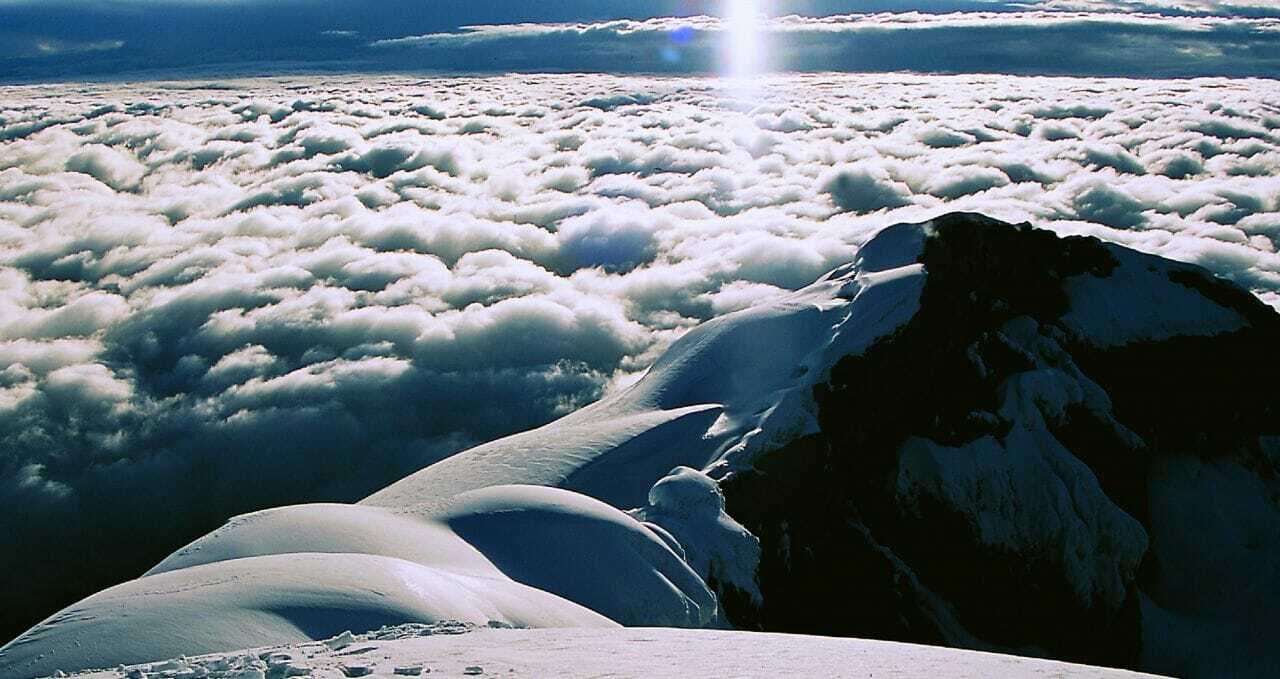
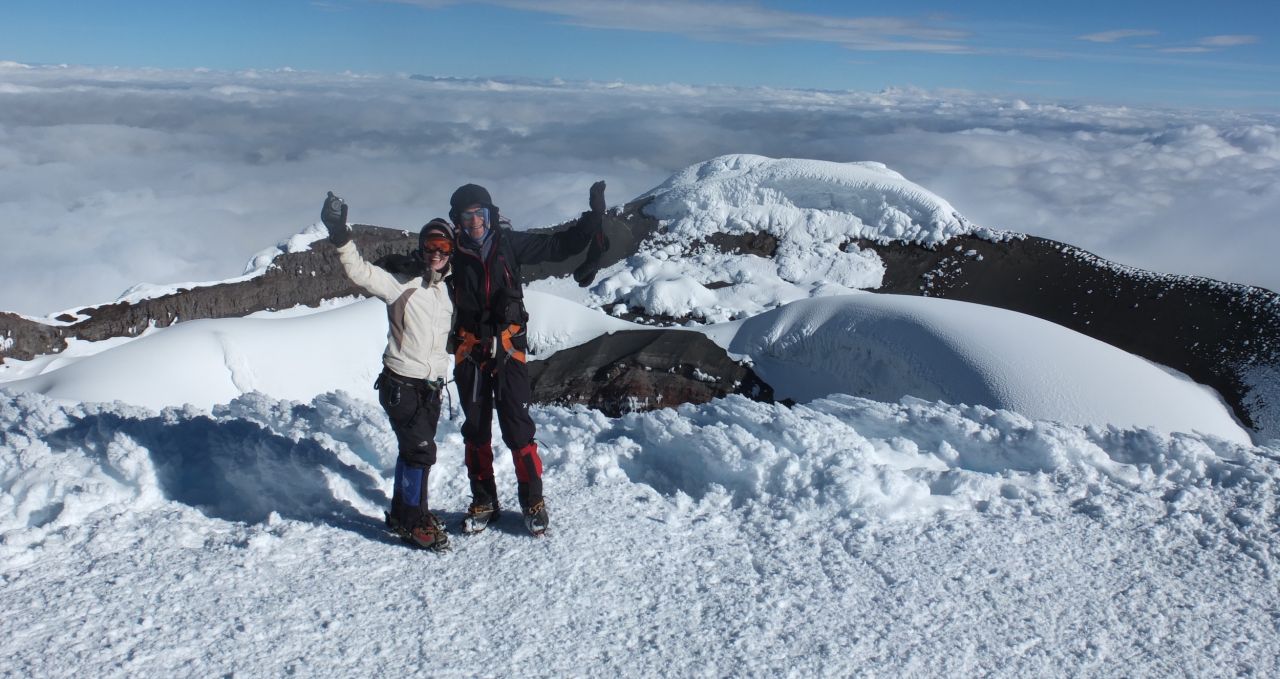
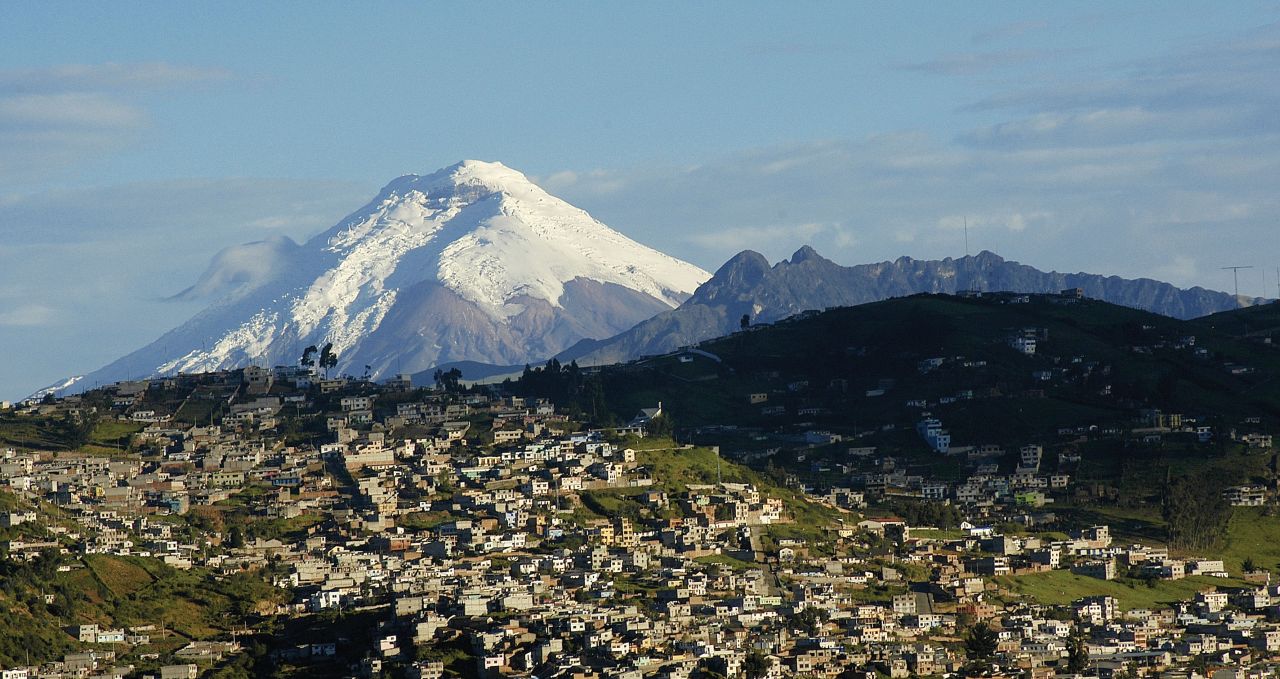

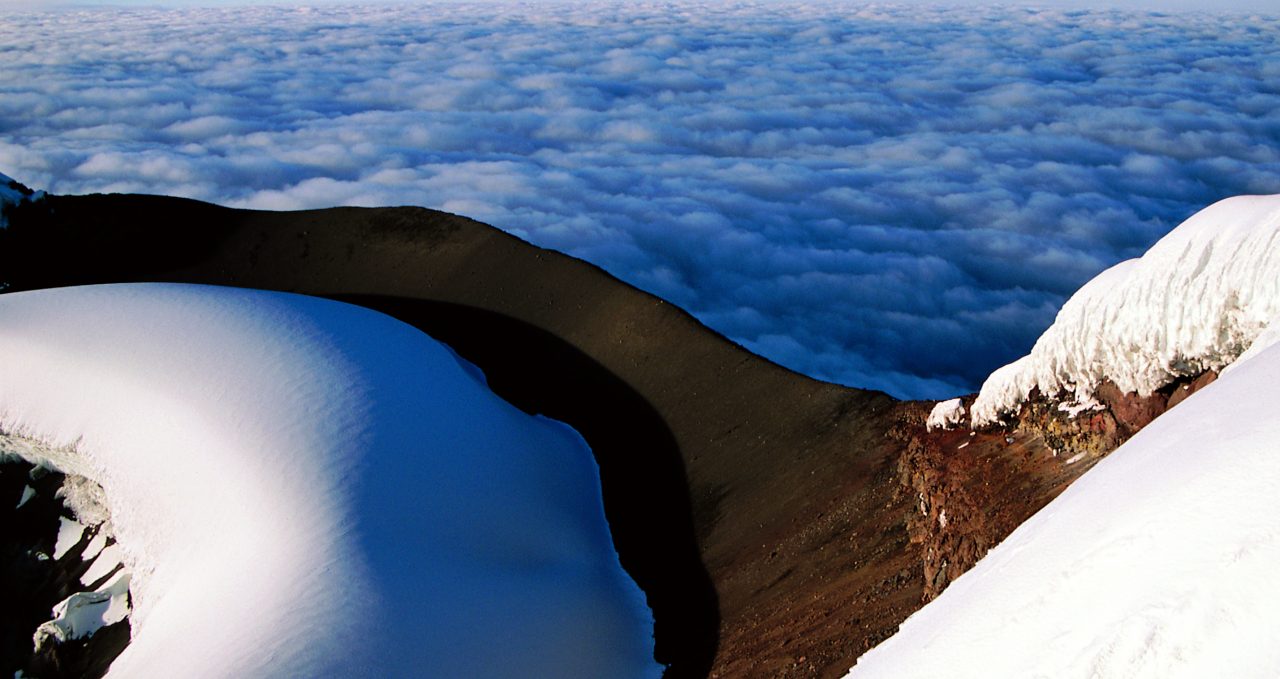
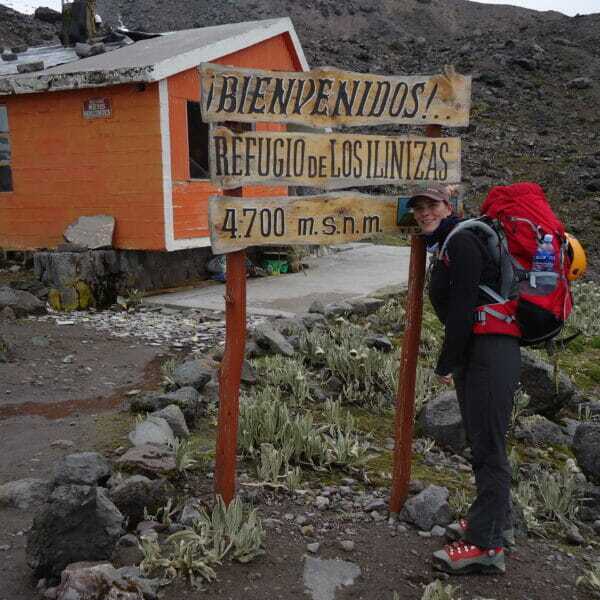
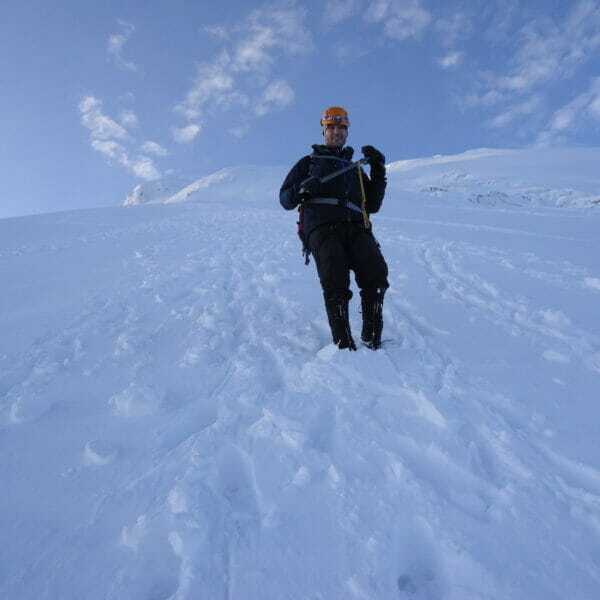
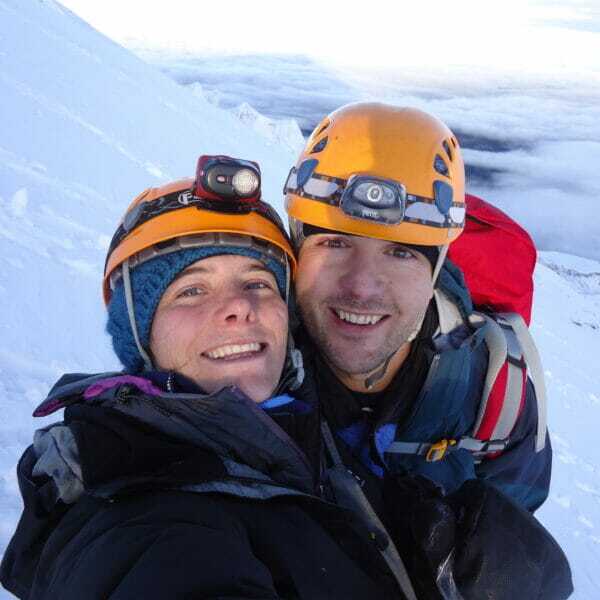
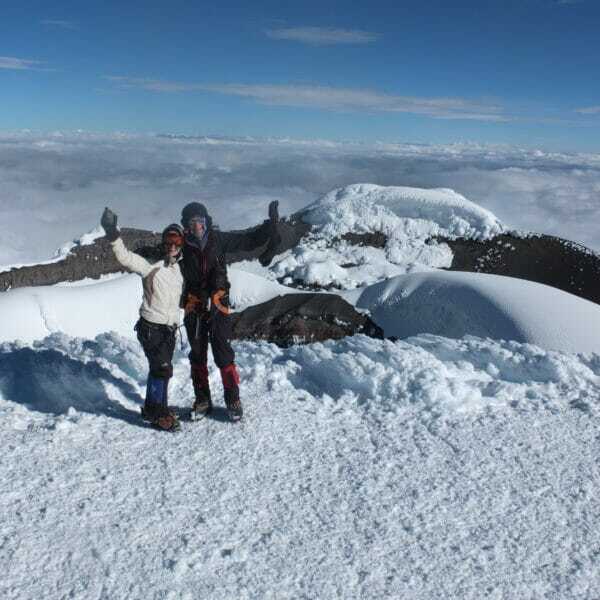
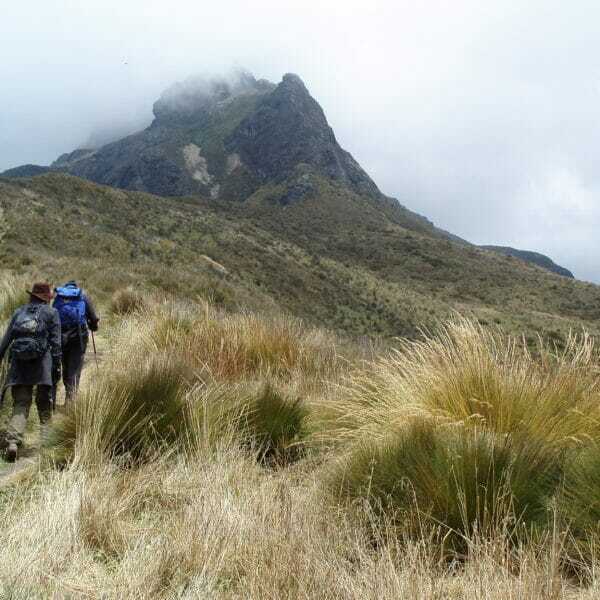
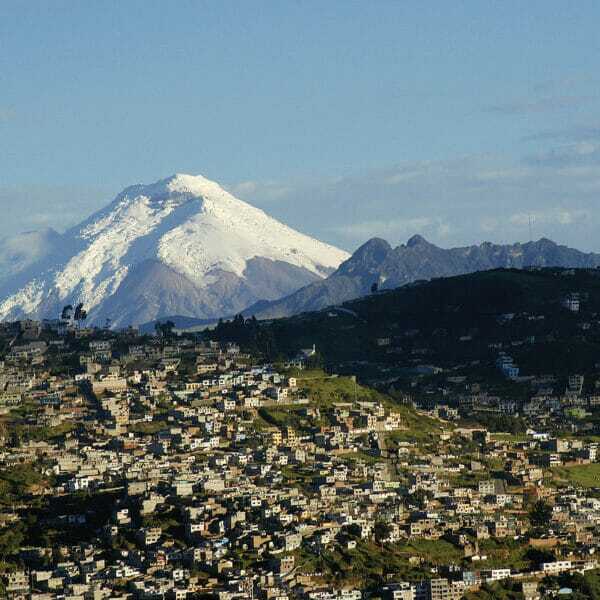
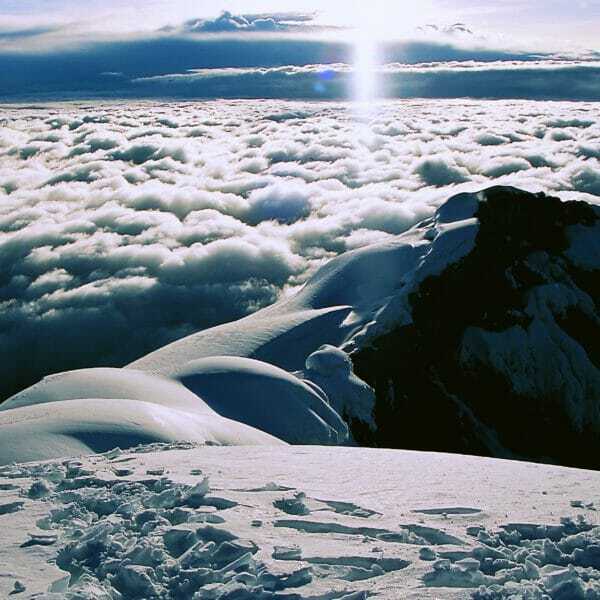
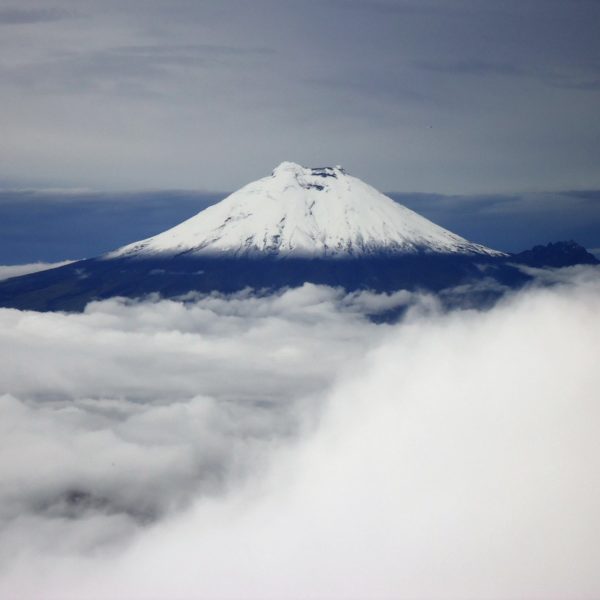
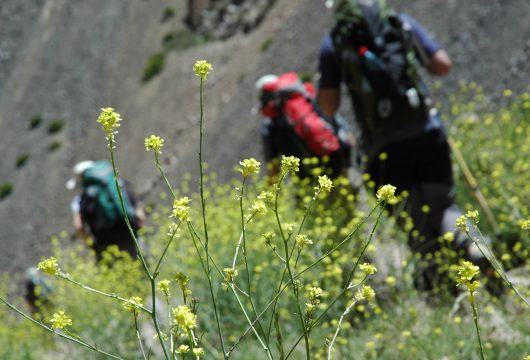
 a Tailor Made Tour
a Tailor Made Tour 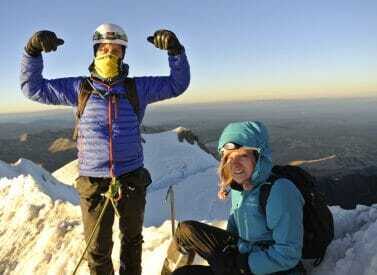
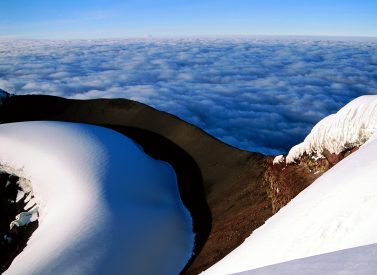
 a Group Tour
a Group Tour 